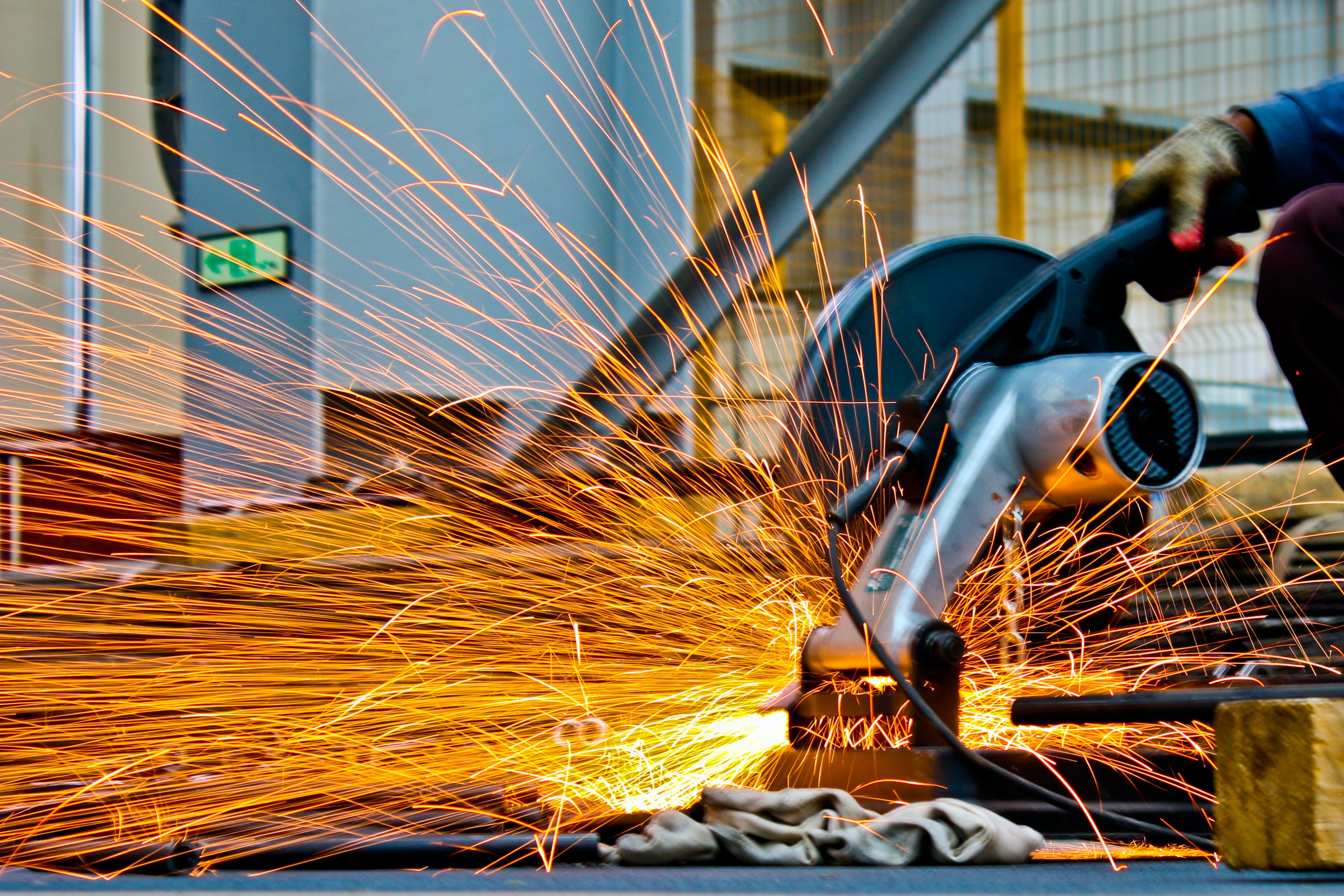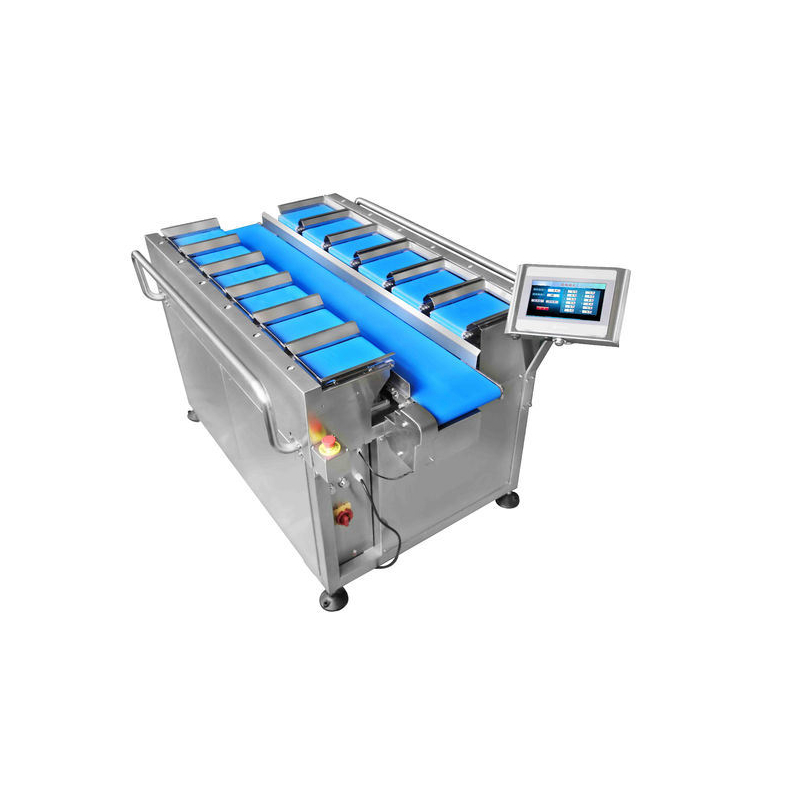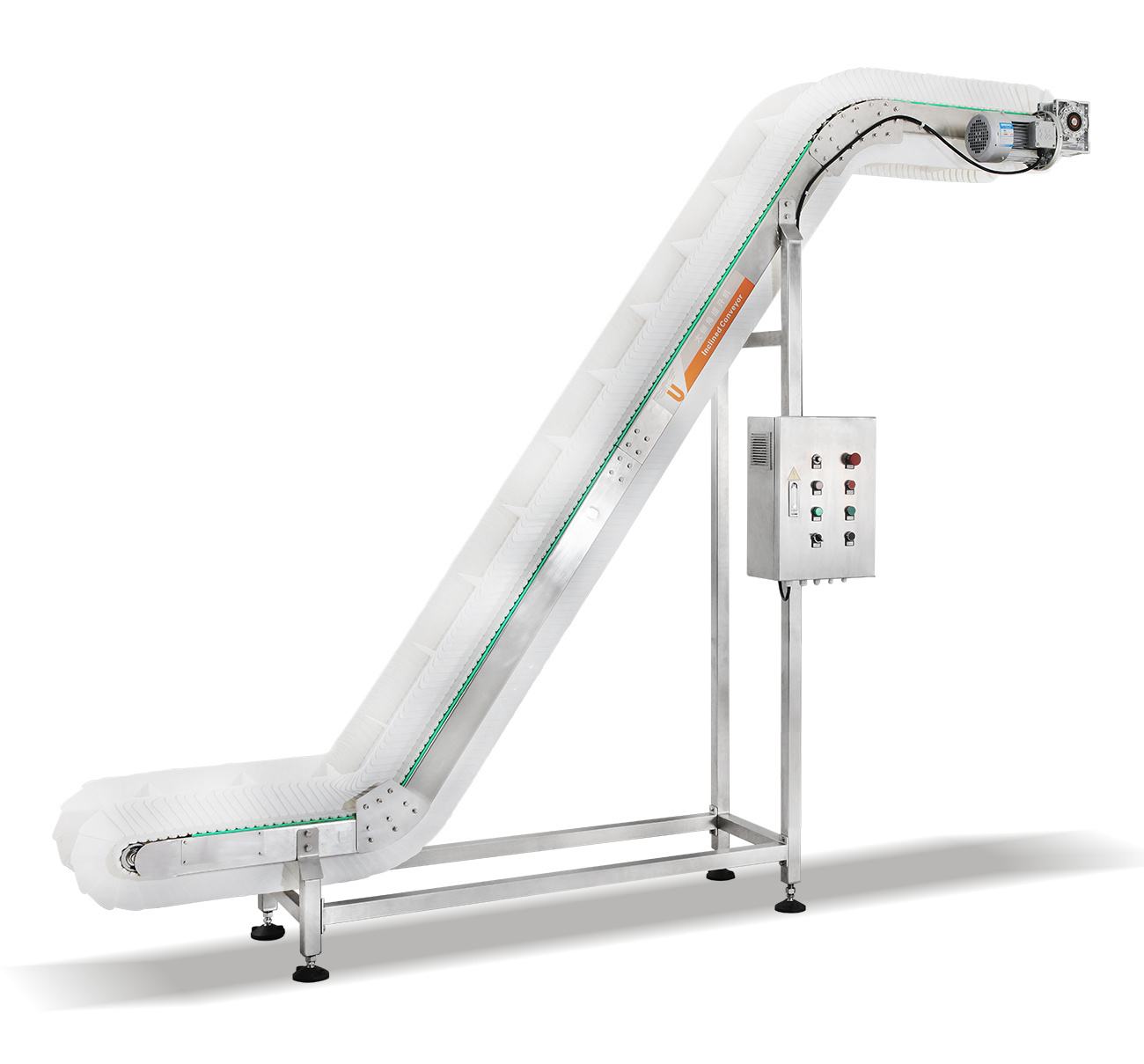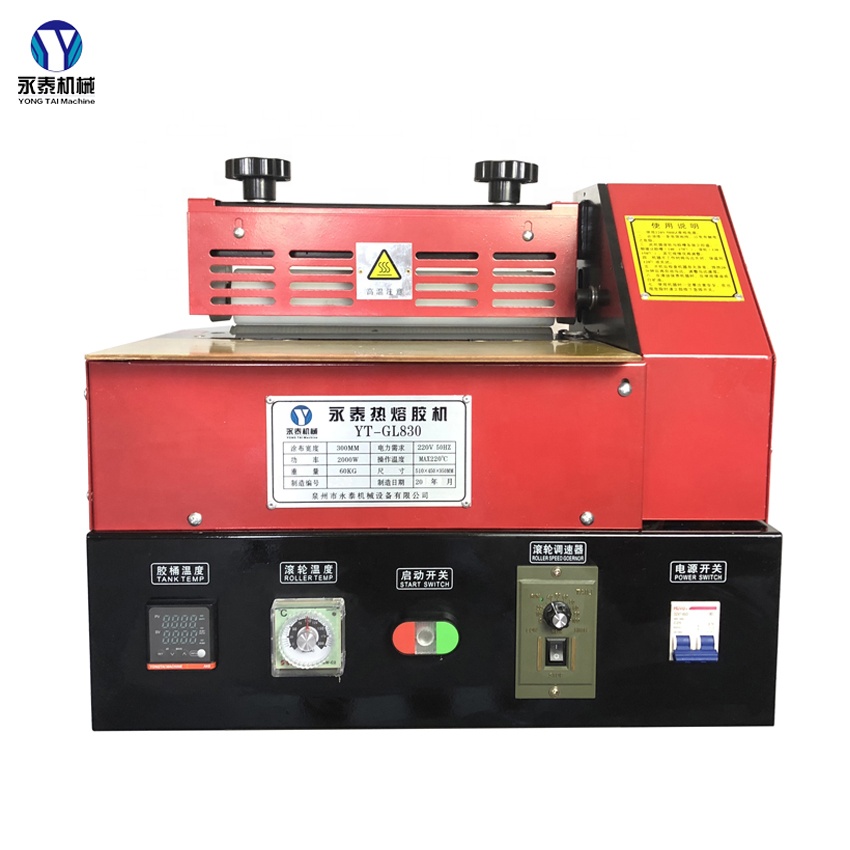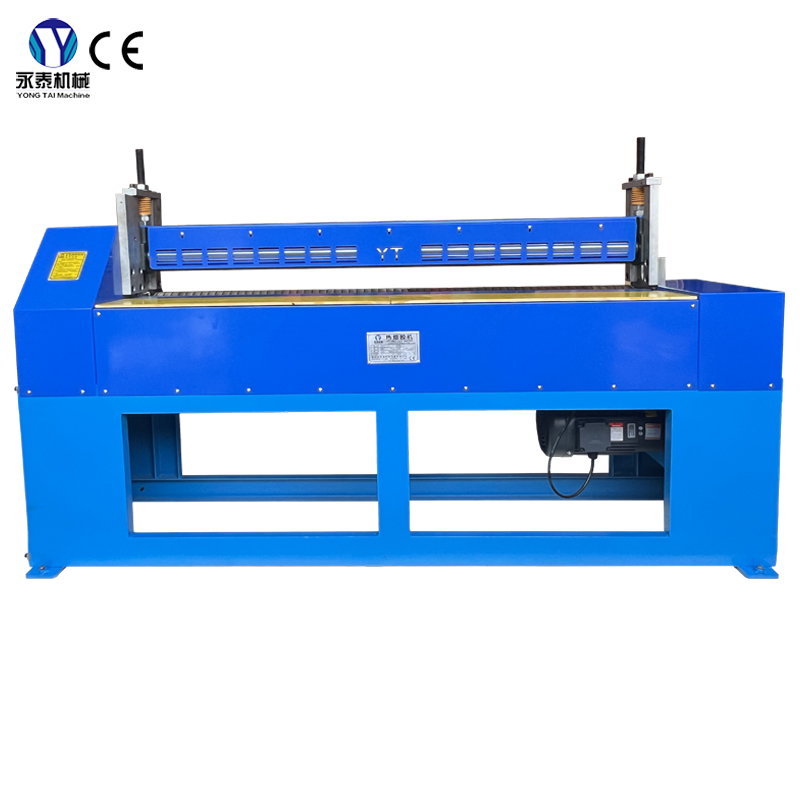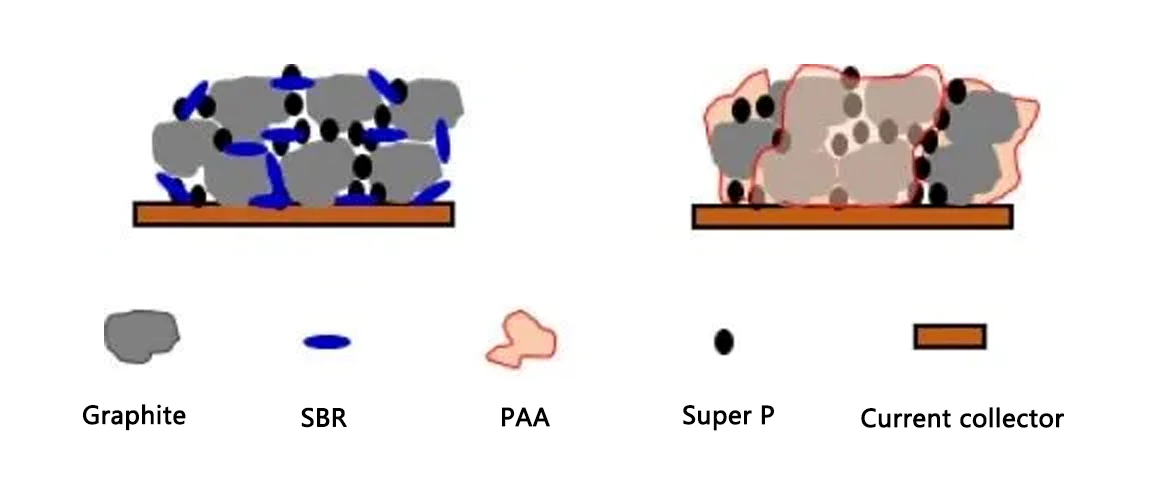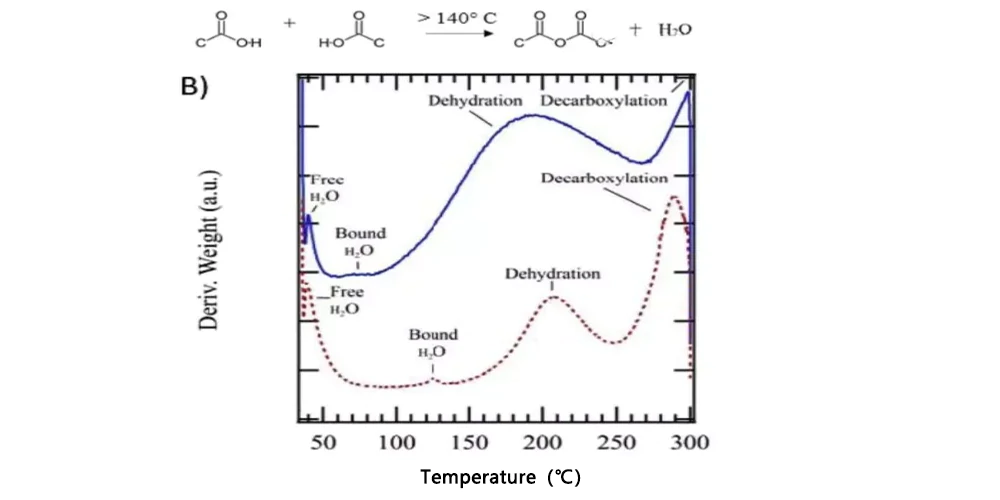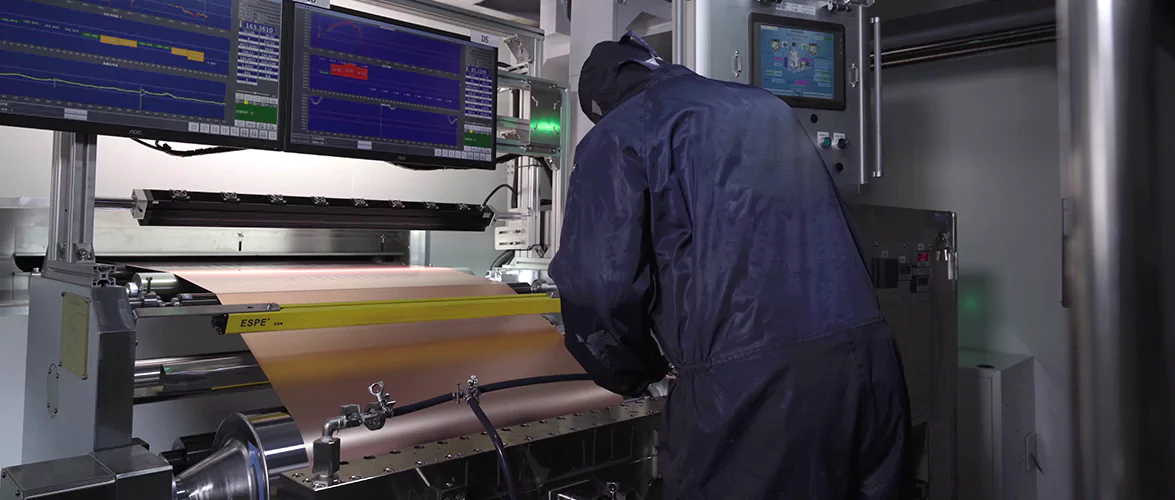In lithium-ion battery manufacturing, the fineness of the slurry (mainly referring to the electrode slurry) is a key parameter affecting electrode performance (such as capacity, rate capability, cycle life, safety) and process stability. Different battery types have significantly different fineness requirements for the slurry (usually measured by particle size distribution indicators such as D50, D90, Dmax), due to the intrinsic characteristics of their positive/negative electrode active materials (such as crystal structure, ionic/electronic conductivity, specific surface area, mechanical strength, reactivity) and different requirements for electrode microstructure.
The following is a detailed analysis of slurry fineness requirements for major battery types:
I. Lithium Cobalt Oxide (LCO) Batteries
1. Material Characteristics:
Layered structure (R-3m), high theoretical capacity (~274 mAh/g), high compaction density, but relatively poor structural stability (especially at high voltages), moderate cycle life and thermal stability, high cost.
2. Fineness Requirements):
High fineness is required. Typically requires D50 in the range of 5-8 μm, D90 < 15 μm, maximum particle size Dmax < 20-25 μm.
3. Reasons:
-
High rate performance: Finer particles shorten the lithium-ion diffusion path within the particles, facilitating high-rate charging and discharging.
-
High compaction density: Fine particles can pack more tightly, increasing the electrode's compaction density and volumetric energy density.
-
Reducing side reactions/Improving cycling: Small and uniform particles help form a more uniform solid electrolyte interphase (SEI) film, reducing cracks caused by localized stress concentration in large particles and side reactions with the electrolyte, improving cycle stability (especially at high voltages).
-
Reducing polarization: Reducing particle size can lower charge transfer resistance and concentration polarization.
II. Lithium Iron Phosphate (LFP) Batteries
1. Material Characteristics:
Olivine structure (Pnma), extremely stable structure (strong P-O bonds), long cycle life, excellent thermal safety, low cost. However, both electronic conductivity and ionic conductivity are low, compaction density and voltage plateau are low.
2. Fineness Requirements:
Very high fineness is required. Typically requires D50 in the range of 0.2-1.0 μm (200-1000 nm), D90 < 2-3 μm. This is the highest fineness requirement among all mainstream lithium-ion battery cathode materials.
3. Reasons:
-
Overcoming intrinsic low conductivity: This is the core reason. LFP's extremely low electronic and ionic conductivity is the main bottleneck for its performance. Nanosizing it (D50<1μm) is a key strategy to improve rate capability, significantly shortening the transport paths of electrons and lithium ions.
-
Improving rate performance: Nanoparticles enable high-rate charge/discharge capability.
-
Improving tap/compaction density: Although nanoparticles themselves have low tap density, through reasonable particle morphology (such as spheroidization) and slurry/electrode processes, fine primary particles can fill better, improving electrode compaction density (though still lower than LCO/NCM).
-
Fully utilizing capacity: Ensures all particles can fully participate in the electrochemical reaction, avoiding unreactive "dead zones" inside large particles.

III. NCM Batteries (LiNiₓCoᵧMn₂O₂)
1. Material Characteristics:
Layered structure (R-3m), combines the high capacity/high voltage of lithium cobalt oxide, the high capacity of lithium nickelate, and the stability/low cost of lithium manganate. Performance (energy density, rate capability, cycle life, safety, cost) depends on the specific ratio (e.g., NCM111, 523, 622, 811). Higher nickel content leads to higher capacity and energy density, but greater challenges in structural stability and safety.
2. Fineness Requirements:
High fineness is required, but specific requirements become stricter with increasing nickel content.
-
Medium/Low Nickel (e.g., NCM523 and below): D50 typically 6-10 μm, D90 < 18-22 μm.
-
High Nickel (e.g., NCM622, 811, NCA): D50 requires finer particles, typically 3-8 μm (especially 811/NCA tends to be finer), D90 < 12-15 μm, strict control of Dmax < 20 μm.
3. Reasons:
-
High energy density/rate performance: Fine particles help increase compaction density and rate performance (shortening Li⁺ diffusion path).
-
Improving structural stability of high-nickel materials: High-nickel materials (high reactivity) are more prone to structural degradation (e.g., phase transition, microcracks) during cycling.
-
Fine and monodisperse particles can: Reduce stress concentration within particles and crack initiation/propagation.
-
Form a more uniform and stable CEI film, reducing electrolyte consumption and transition metal ion dissolution.
-
Mitigate particle pulverization during cycling, improving cycle life.
-
Reduce interfacial impedance/polarization: Similar to LCO.
-
Safety considerations: Finer particles have relatively better heat dissipation and more stable structure, helping to improve safety (especially for high-nickel materials).
IV. NCA Batteries (LiNiₓCoᵧAl₂O₂)
1. Material Characteristics: Very similar to high-nickel NCM (high capacity, high energy density). Aluminum doping aims to improve structural stability and cycle performance, but processing challenges (e.g., sensitivity to humidity) and safety challenges remain.
2. Fineness Requirements:
Very high fineness is required, close to or equivalent to high-nickel NCM (e.g., 811). D50 typically 3-7 μm, D90 < 12-15 μm, strict control of Dmax.
3. Reasons:
Identical to high-nickel NCM. The core lies in maximizing structural stability, cycle life, and safety through nano-sizing/fine particles while pursuing high energy density.
V. Lithium Titanate (LTO) Batteries)
1. Material Characteristics:
Spinel structure (Fd-3m), used as anode. Has "zero-strain" characteristic (minimal volume change), ultra-long cycle life (over 10,000 cycles), excellent rate capability and low-temperature performance, extremely high safety. However, high operating voltage (~1.55V vs Li+/Li) leads to low full-cell voltage and low energy density.
2. Fineness Requirements:
Medium to fine fineness is required. D50 typically in the range of 1-5 μm, D90 < 10-15 μm. Coarser than LFP, possibly slightly finer or comparable to some NCM/LCO.
3. Reasons:
-
High-rate performance: LTO itself has good conductivity, but fine particle size is still an effective means to improve ultra-high-rate performance (e.g., fast charging), shortening the Li⁺ solid-phase diffusion path.
-
Increasing compaction density: Although LTO is "zero-strain", increasing compaction density still helps improve volumetric energy density (despite its low absolute value).
-
Reducing electrode impedance: Fine particles facilitate the formation of a tighter conductive network.
-
Balancing processability and performance: Excessively fine LTO nanoparticles have a huge specific surface area, which significantly increases slurry viscosity, reduces solid content, increases binder/conductive agent usage, and exacerbates side reactions with the electrolyte (although LTO is stable, nano-sizing increases surface activity). Therefore, the fineness requirement is a balance between high-rate performance and processability/cost.
VI. Solid-State Batteries (SSBs)
1. Important Note:
"Solid-state batteries" cover various technical routes (polymer, oxide, sulfide electrolytes), and the choice of positive/negative electrode materials is also diverse (can be any of the above materials or new materials such as lithium-rich manganese-based, lithium metal anode). The requirements for slurry fineness are extremely complex and highly dependent on the specific system, but there are some common trends.
2. Core Challenge:
Solid-solid interfacial contact. In liquid batteries, the electrolyte can wet and fill pores, while the solid electrolyte is rigid particles, and point contact with active materials leads to huge interfacial impedance. This is one of the core challenges of solid-state batteries.
3. Fineness Requirement Trends:
-
Generally higher fineness is required: Both active material and solid electrolyte particles usually require finer particle size (D50 often in the sub-micron to micron range).
-
Reasons:
(1) Increasing solid-solid contact area: Fine particles provide a larger contact interface, reducing interfacial impedance.
(2) Shortening ion transport path: Fine particles can shorten the Li⁺ transport distance within the active material and solid electrolyte, and at the interface between them.
(3) Achieving more uniform composite: When preparing composite electrodes (active material + solid electrolyte + conductive agent + binder), the particle size and morphology matching of each component is crucial. Usually, all components need to achieve comparable fineness levels to mix uniformly and form effective ionic/electronic conductive networks.
4. Specific System Differences:
-
Sulfide solid-state batteries: Highest fineness requirements. Sulfide electrolytes (e.g., LPS) usually need to be made into sub-micron or even nano-sized particles (D50 < 1 μm), active materials also often need to be nano-sized, and extremely uniform mixing (often using high-energy ball milling) is required to form a good ion-percolating network. Maximum particle size control is very strict.
-
Oxide solid-state batteries: Electrolytes (e.g., LLZO) are usually hard and have larger particle sizes (micron level). To improve contact, active materials (especially the cathode) also tend to use smaller particles (e.g., D50 1-5 μm), and may require the introduction of a small amount of polymer binder or liquid wetting agent (quasi-solid). High requirements for mixing uniformity.
-
Polymer solid-state batteries: The process is relatively close to traditional liquid batteries. Polymer electrolytes have a certain fluidity after heating. The fineness requirements for active materials are similar to or slightly higher than the corresponding liquid systems (e.g., using LFP, NCM), mainly for better interfacial contact and ion transport. The fineness of the polymer electrolyte itself (e.g., PEO particles) also needs to be controlled.
-
Anode (e.g., lithium metal, silicon-based): If lithium metal foil is used, there is no slurry fineness requirement. If composite anodes are used (e.g., pre-lithiated silicon/graphite mixed with solid electrolyte), the fineness and mixing uniformity requirements for silicon particles and solid electrolyte particles are extremely high.
VII. Summary and Key Points:
1. Most Stringent Requirements:
Lithium iron phosphate requires the highest fineness (nanoscale) due to its intrinsic low conductivity. High-nickel ternary (NCM811/NCA) and active materials/electrolytes in sulfide solid-state batteries also require very high fineness (sub-micron to microns).
2. High Fineness Requirements:
Lithium cobalt oxide, medium/low-nickel ternary, and active materials in oxide/polymer solid-state batteries usually require high fineness (D50 several microns) to improve energy density, rate performance, and stability.
3. Moderate Fineness Requirements:
Lithium titanate requires medium to fine fineness (D50 1-5 μm), balancing rate performance and processability.
4. Core Driving Factors:
-
Overcoming material intrinsic defects: The low conductivity of LFP is the most typical example requiring ultrafine particles.
-
Improving kinetic performance (rate capability): Almost all materials need to reduce particle size to shorten ion diffusion paths.
-
Increasing energy density (compaction density): Fine particles facilitate tight packing (especially for LCO, NCM).
-
Improving structural stability and cycle life: Particularly important for layered materials (LCO, NCM, NCA). Fine particles can reduce stress cracks and side reactions. This is the key reason why high-nickel materials pursue finer particles.
-
Optimizing solid-solid interface (solid-state batteries): This is the core requirement distinguishing solid-state batteries from liquid batteries, universally driving the demand for finer particles and more uniform mixing.
5. Trade-off Considerations:
Fineness is not always finer the better. Excessively fine particles can cause:
-
Dramatically increased specific surface area -> High slurry viscosity, difficult dispersion, low solid content, increased binder/conductive agent usage -> Increased cost, greater process difficulty, potential reduction in energy density.
-
High surface activity -> Aggravated side reactions (consuming electrolyte/lithium source, gas generation), cycle performance may instead decrease (especially for highly reactive materials like high-nickel).
-
Severe particle agglomeration -> Affects uniformity and performance
Therefore, the optimal slurry fineness for each battery material is the result of meticulous trade-offs and optimization between its material characteristics, performance targets (energy, power, lifespan, safety), and process feasibility/cost. Manufacturers usually determine the most appropriate fineness control range based on specific material suppliers, formulation design, process equipment, and product positioning.
At TOB NEW ENERGY, we are committed to being your strategic partner in advancing energy storage technologies. We empower next-generation lithium battery production through precision battery mixing systems, electrode preparation systems, battery assembly line, intelligent battery production lines, and high-performance battery materials. Our offerings extend to cutting-edge battery manufacturing equipment and battery tester, ensuring seamless integration across every stage of battery production. With a focus on quality, sustainability, and collaborative innovation, we deliver solutions that adapt to evolving industry demands. Whether you’re optimizing existing designs or pioneering next-generation batteries, our team is here to support your goals with technical expertise and responsive service.
Let’s build the future of energy storage together. Contact us today to explore how our integrated solutions can accelerate your success.
